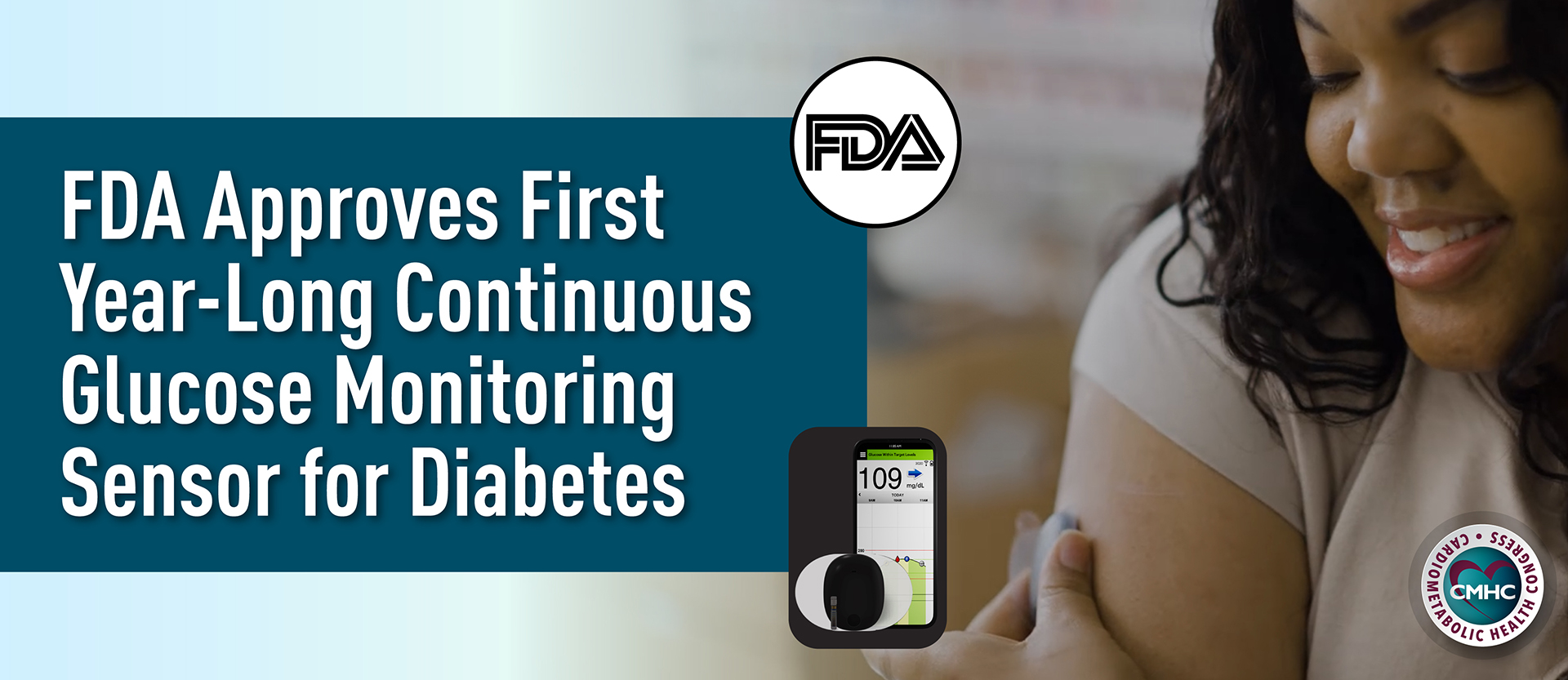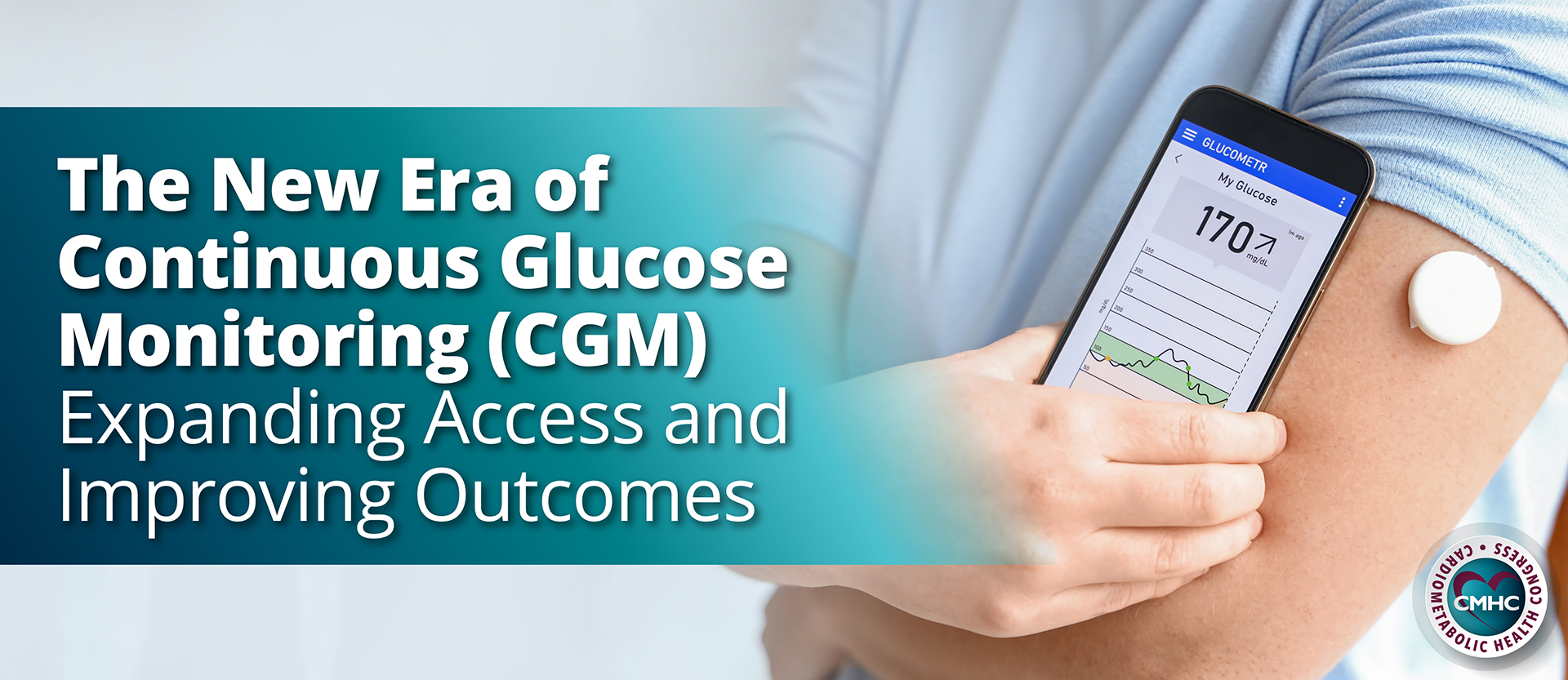The COVID-19 pandemic has destabilized economies, strained health care systems worldwide, and led to the implementation of aggressive disease mitigation strategies such as social distancing and shelter-in-place orders. As surges in infection rates rapidly overwhelm healthcare facility capacities and exacerbate death rates, an essential component of outbreak containment is a sustained response with efforts aimed at keeping infection spread at manageable rates, resuming economic activity, and widening healthcare delivery. In the next phase of disease suppression, the need to balance virus concerns against population health and reopening communities to reignite a stagnating economy.
One of the largest integrated health care delivery systems in the U.S., Kaiser Permanente, has acted on the frontlines of the fight and continues to prepare for the challenge of protecting its member’s health by controlling COVID-19 spread, leveraging the strengths of its integrated system, and forging partnerships to reopen American communities. Aimed at developing a sustained response to the persisting pandemic that suppresses virus spread while promoting social and economic activity, Kaiser Permanente has released guidelines outlining eight distinct capabilities necessary to achieve effective disease suppression in the health care system.
8 Capabilities for a Sustained Response
To help meet the challenge, leaders at Kaiser Permanente outline the top eight areas that health systems must consider as the country moves toward reopening in order to protect their patients and themselves.
1. Robust Testing Programs
To effectively identify and address COVID-19 infections, an aggressive testing program is needed to test symptomatic, exposed, and asymptomatic patients. Widespread testing is the foundation of the suppression strategy; scaling testing capacity up and the use of early indicator information such as biometric measures to flag disease markers are needed.
2. Contact Tracing, Case Finding, and Isolation
The foundational element of disease suppression is contact tracing, or the process of identifying positive patients and their recent contacts. Used often in the mitigation of infectious diseases, this process can be used to identify and reduce risks of community virus transmission.
New mobile technologies are becoming available to support contact tracing. In addition, health care organizations must partner closely with local public health agencies to detect early signs of infection resurgence. Kaiser Permanente notes that it will work diligently to maintain infection-prevention practices, early identifications of contacts, and testing additional patients, while encouraging other healthcare organizations to do the same.
3. Community Health Care
A virus that affects entire communities cannot be managed by a single system and requires cross-sector support to address both clinical and social determinants of health. Vulnerable populations include people who are immunocompromised, the uninsured, and elderly patients all of whom are more susceptible to poor health outcomes. Other individuals, such as homeless people, incarcerated persons, and residents of assisted living facilities, face an increased risk of disease spread as well. Addressing this problem will require strategic partnerships between healthcare systems and advocacy groups that aim to serve vulnerable populations.
4. At-Home Patient Care
Virus-related fears have caused a dramatic decrease in face-to-face physician visits as patients are concerned about COVID-19 infection within a healthcare facility setting. There is an increased need for the ability to deliver medical care to patients at home, whenever possible; this has sparked accelerated innovation in virtual care technologies, home monitoring devices, and acute medical care practices.
Most non-COVID care has already transitioned to virtual methods with a surge in telehealth visits accounting for 95% of adult and family medicine visits at Kaiser Permanente sites in Northern California. Remote visits can also screen patients for COVID-19 using biometric devices, monitor symptoms, and track disease progression as well as deliver therapeutic methods, such as intravenous hydration and nebulizer treatments can also be moved to a home setting.
5. Maintaining Community-Level Surge Capacity
With the expectation of ongoing COVID-19 outbreaks during the near future, healthcare providers must remain vigilant to preserve care capacity for potential surges in patient numbers. As such, Kaiser Permanente has developed operational guidelines to help healthcare facilities ensure a steady supply chain of necessary medical equipment. Additionally, they highlight the need for government intervention to solidify a fragile supply chain of personal protective and medical equipment.
6. Targeted and Safe Healthcare Reopening
Social distancing has resulted in significant decreases of in-person health care visits, as well as reductions in elective surgeries and other treatments which have been temporarily deferred. Kaiser Permanente emphasizes that during the suppression phase, health care organizations will need to take a graded approach to the reinstitution of non-emergent care to minimize risks of COVID-19 infection as ongoing clinical needs are addressed.
This will require carefully crafted, evidence-backed guidelines and targeted risk stratification that prioritizes patient care. Currently, Kaiser is deploying innovative risk stratification tools to prioritize deferred surgical and procedural care while also assessing existing tools – such as early warning scores used to identify adults at risk for deterioration in the hospital setting. Further, real-time risk modeling will help identify optimal approaches to healthcare reopening as it is needed across the nation.
7. Ongoing Research Efforts
Another necessary capability is the continuation of extensive research efforts aimed at uncovering the highly unusual patterns of COVID-19 as a clinical disease. Due to its novelty, the virus sparks many clinical questions and lacks the robust epidemiologic data required to accurately prepare for future outbreaks. Ongoing research is needed to optimize predictive and surveillance models to accurately forecast, identify, and manage forthcoming waves of the virus as well as to understand the pathophysiology of the disease itself, evaluate effective therapeutic approaches, and develop a vaccine.
8. Effective Communication
The final capability for a sustained COVID-19 response is effective communication, which includes ongoing patient and healthcare professional education about the virus, protection methods, and continuously emerging novel symptoms reflective of disease pathology. Healthcare organizations both large and small will need to prioritize the communication of policy changes, preventative measures, and actionable solutions to their staff members, patients, and partner organizations.
As COVID-19 is likely to occur during the suppression phase, the goals of a sustained response are to reduce future waves, avoid overwhelming healthcare systems, and improve population health outcomes. Successfully pivoting from mitigation to suppression will require efficient care delivery as well as increased testing capacity, advanced use of innovative technologies, and improved contact tracing.
However, the path forward will be filled with obstacles. Kaiser Permanente’s national infectious disease leader, Stephen Parodi, MD, forecasts two major challenges based on the organizations experience – a lack of supplies and the need to work alongside other groups. The goal of the recent paper was to spotlight the importance of a holistic approach to preventing the spread of COVID-19, Parodi told Fierce Healthcare.
“I think one of the biggest takeaways here is that we need a complete and comprehensive approach to suppress the virus,” Parodi said.
Without an available vaccine, reducing the effects of the pandemic will and is proving to be a challenge for society, the healthcare system, and public health organizations. Thus, building the necessary capabilities for a sustained response is paramount to successfully moving forward while saving lives and preserving communities for the future.

















